- Types of Sailboats
- Parts of a Sailboat
- Cruising Boats
- Small Sailboats
- Design Basics
- Sailboats under 30'
- Sailboats 30'-35
- Sailboats 35'-40'
- Sailboats 40'-45'
- Sailboats 45'-50'
- Sailboats 50'-55'
- Sailboats over 55'
- Masts & Spars
- Knots, Bends & Hitches
- The 12v Energy Equation
- Electronics & Instrumentation
- Build Your Own Boat
- Buying a Used Boat
- Choosing Accessories
- Living on a Boat
- Cruising Offshore
- Sailing in the Caribbean
- Anchoring Skills
- Sailing Authors & Their Writings
- Mary's Journal
- Nautical Terms
- Cruising Sailboats for Sale
- List your Boat for Sale Here!
- Used Sailing Equipment for Sale
- Sell Your Unwanted Gear
- Sailing eBooks: Download them here!
- Your Sailboats
- Your Sailing Stories
- Your Fishing Stories
- Advertising
- What's New?
- Chartering a Sailboat

Daily Current Draw Calculator
The Daily Current Draw Calculator Calculation Sheet has intentionally been left unlocked in order that you may enter the current draw of each of the appliances on your boat, together with the daily periods that you have them turned on.
Current draw: The appliance amps currently entered on the sheet are notional. The most accurate way of establishing actual current draw on your boat is to turn off every source of current draw other than the one in question and refer to your battery monitor to see what current it is drawing. Otherwise refer to the manufacturer's data. It may be quoted in watts, which is volts x amps. Divide the wattage by voltage and you have the current draw.
Daily Use: Enter the hours of use for each of the appliances for when you are underway (day and/or night) and similarly for when you are at anchor. The yellow cells contain formulas which will calculate the amp-hours automatically.
The 'Total Requirement' will identify where you need the most battery juice - when you're underway or at anchor. Your house battery bank therefore needs to be sized based on that daily requirement.
Download the Daily Current Draw Calculator...
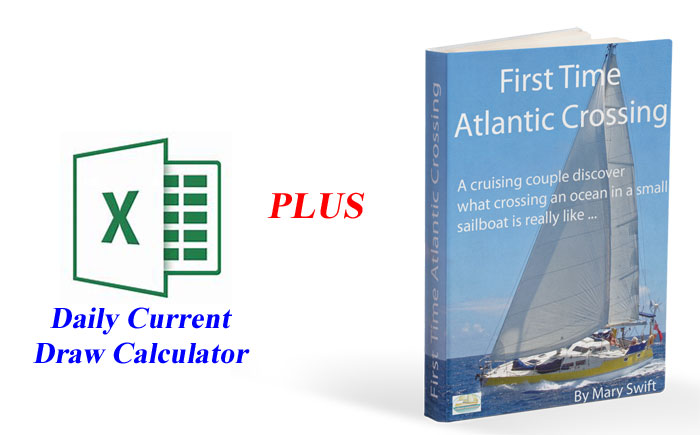
We make a small charge of $4.99 for this useful tool, as a contribution towards the costs of keeping this website afloat, but it does come with a free gift ...
Clicking on the button above will get you a live, fully editable version of the Daily Current Draw Calculator , together with a complimentary copy of the eBook 'First Time Atlantic Crossing' which otherwise retails on this site for $4.99.
And yes, I do have Mary's permission...
You Are Here: Sailboat Cruising > Boat Electrics > Daily Current Draw
Here's where to:
- Find Used Sailboats for Sale...
- Find Used Sailing Gear for Sale...
- List your Sailboat for Sale...
- List your Used Sailing Gear...
Copyright © 2024 Dick McClary Sailboat-Cruising.com
|
|
- Yachting Monthly
- Digital edition

How to improve power management on a yacht
- August 21, 2024
Mike Morgan offers advice on how to improve power management on a yacht and preserve precious amps for those that like their home comforts

I confess, I’m not a marine electrician, and my understanding of boat electronics is at best rudimentary, but I’ve now been managing my boat’s power generation and consumption for three seasons and have developed an approach which seems to work well. Hopefully, you will find some of the following advice useful when it comes to managing your own yacht’s energy needs.
Every boat has its own particular balance of power generation and demand, so my system may not work perfectly for you, but it might help you start managing your precious amps a lot more effectively.
My wife Debbie and I sail up to nine months a year around the Med, predominantly lying at anchor. We avoid marinas and use our generator infrequently, to help save the planet and our budget.
I won’t address power needs whilst under sail here, as it’s not relevant to our cruising profile. Clearly, if you’re taking on an Atlantic crossing , then you’ll need to consider the power demands from your navigation equipment, lights and auto pilot.
We bought our pride and joy, Spirit, a Bavaria C57, brand new in 2021, and made several upgrades in an attempt to achieve the holy grail of self-sufficiency at anchor. We opted for 800 amp hours (Ah) hours provided by lithium batteries that weigh less than a single 150Ah lead acid battery.
Because lithium offers roughly twice the capacity of lead acid, that’s equivalent to 16 100Ah lead acid batteries with a combined weight of just over a third of a ton. Given Spirit’s generous beam, we’ve been able to accommodate four 420W solar panels, giving a potential maximum of 1,680W.

A few of the electrical galley appliances aboard Mike’s Bavaria C57 and the wattages that similar products might draw off your battery if you have an inverter
State of charge
The amount of electrical power you have available is all about batteries. Boat batteries are usually measured in amp hours (Ah) – the total number of amps devoured in one hour of use. So, a 120Ah battery will, theoretically, deliver 120A for one hour or 1A for 120 hours. But, of course, this is a little simplistic.
If you have lead acid batteries, you must never completely discharge them, unless you want to replace them regularly. Lead acid batteries should never be discharged below 50 per cent, so the practical Ah they really offer is half the theoretical Ah rating. In the above example, 60 hours at 1 amp would be the limit before you had to recharge the battery. Typically, the state of a battery’s charge is monitored by volts or a shunt battery monitor.
Knowing the state of charge of your batteries is critical to managing your power needs.
Article continues below…

How to get your yacht home without power
Electrical systems and electronics have become such an essential part of our normal lives that it’s hard to imagine life…

Everything you need to know about yacht solar power
Keeping your batteries topped up without having to run the engine is a continuous challenge for cruising sailors, especially those…
I replaced our Bavaria’s standard 240Ah of domestic lead acid batteries with 800Ah of lithium batteries. The advantage of a lithium battery is its light weight. And, unlike a lead acid battery, it can be run down to a much lower charge. The downside is that lithium batteries have been known to explode.
To avoid this, they need to be paired with a battery management system, which is best left to a professional, who knows what they are doing, to install.

Oceanvolt lithium batteries aboard a Feeling 32
Charging sources
A standard ‘off the shelf’ mid-size production boat is likely to be fitted with a 60A battery charger which is used by the boat’s generator, if it has one, or when shore power is plugged in. The engine will also have an alternator which will typically produce between 35 and 60A of charge, depending on the size of the engine.
Assuming a 60A charge source, the batteries will receive 60A of charge in one hour. So, to put it very simplistically, if you have, as I do, 800Ah of lithium batteries and they are at 50 per cent, to charge them up to capacity would take 6.6 hours (400 amps divided by the charging source of 60 amps equals 6.6 hours).
Unfortunately, it’s not quite as simple as that. For example, there are various charging states – bulk, absorption and trickle (also known as maintenance or float) – and different types of batteries with different ratings, but I have kept it as simple as possible here for the purposes of explanation.
If you don’t have shore power (when at anchor, for instance), or don’t have a generator, the alternative is to run your engine for six hours under light load, which is not good for the engine and won’t win you many friends nearby who are trying to relax and enjoy a peaceful sundowner.

Mike’s customised electrical control panel
Battery charger
Increasing the size of your battery charger will speed up the process of charging from both a generator and shore power. I opted to fit a 120A charger and a 3kW inverter for my 240V appliances. There is always the option to beef up the engine alternator to feed a hungry family of batteries, but again, this means the boat engine needs to run for prolonged periods of time.
The 9kW Paguro 9000 generator I fitted produces a lot more power than we ever need. The generator powers both the 240V ‘ring main’ and the battery charger. However, the battery charging will be limited by the power rating of the charger, which in my case is 120A.

Four solar panels on Spirit’s stern arch produce a maximun 1,600W
Renewable energy
Renewable energy for boats is either wind, hydro or solar. I opted for solar on a custom-made stern arch. I fitted four 400W panels, which produce a theoretical maximum output of 1,600W at 12V or, in amp speak, 133A.
Like lithium batteries, the voltage and charge from solar panels needs to be managed, so each panel is equipped with an MPPT (maximum power point tracking) controller to ensure the batteries are getting the right amount of charge when the sun is shining. The next conundrum was to get all this in perfect balance based on the boat’s power consumption.

The stern arch was custom-built to support the solar panels
Background noise
I started by building a spreadsheet to calculate the various power ratings of my many onboard electrical appliances. However, this isn’t simple as you must calculate the power demand of each appliance, estimate how long you will run it for, and when you will run it.
You then need to map this over time to calculate a theoretical power demand and how much power you need to be generated. Estimating the power output from my solar panels alone became a headache: calculating the assumed number of ‘sunny’ daylight hours, the angle of the sun, solar panel efficiency, and when the next solar eclipse would be! So, like all people with limited brain capacity, I gave up.
I decided, instead, to take a more pragmatic approach. The first thing I did was to measure the ‘background noise’ of my boat; that is, the power being consumed whilst at anchor and not running any major appliances.
It turned out to be around 200A, which is very high; but then I do have three fridges, a deep freeze and more internal lighting than Blackpool Illuminations.
The time it takes to recharge my batteries once the sun has dragged itself up to the right angle differs dramatically based on which way the boat is lying. If my stern is exposed to the sunny side my batteries will fill to the brim in a few hours. However, if my bow is facing the sun, it takes a lot longer.
On an average day, we are at 100 per cent by midday or early afternoon, leaving a good four or five hours of surplus power generation for running more critical systems.

Air-con is a battery power ‘killer’
We have a lot of power consuming paraphernalia on board, for example the kettle, coffee maker, hair dryer, microwave oven, and so on, but I ignore these when it comes to power management as they are used randomly and are never on for long.
However, we do have several appliances that are critical to our power management, including a washing machine, water maker, ice maker and water heater. All of these have high demand and can run for long periods of time. I also have air-conditioning which can be run off the inverter, but I prefer to use fans and open hatches to keep the temperature tolerable when we are at anchor. Air-con is a battery power killer and is best left to when shore power is connected or the generator is running.

Our Bavaria came with a built-in utility room, so we decided to fit a full-sized washer-dryer, which has proven to be our favourite upgrade.
For this equipment I simply use a rota and allocate a specific day to run either water production, laundry, ice making or water heating. We do laundry once a week without using the drying function and relying instead on nature’s outside dryer, which does tend to lower the tone of an idyllic anchorage.
The water maker produces 60 litres an hour and I typically run it for around four hours, which will then keep us going for several days. I fit in ice-making and heating the water at other times.
Having guests on board who insist on having a shower every time they go for a dip off the swimming platform requires the water maker to be run most days. Inevitably under these circumstances I lose the battle of consumption versus generation and will need to resort to running the generator.

We chose a Schenker Smart 60-litre-per-hour, 12V water maker rated at 20A, which enables free freshwater production all day long thanks to Spirit’s cluster of four solar panels.
I always delay this until my battery charge is showing 30 per cent or less in the morning. At that point I will run the generator for three to four hours, which is enough to get my batteries back up to around 70-80 per cent, and then let the solar panels take over.
When I run the generator, I take advantage of the surplus power it produces by running as many devices as possible: I make water, run the air-con and heat water. Never waste any of those precious amps! I find that I run the generator, on average, every eight to 10 days when we’re on our own and every four to five days when we have guests.

Batteries can be easily distributed around a yacht
Before increasing the capacity of your service battery bank you need to calculate your total power requirement by multiplying the amperage of all the equipment by the period of time it will be run over a charge cycle (usually 24hrs).
Tally up the amp hours and then double the result (to allow for not going below 50 per cent of your charge capacity). Then add another 20 per cent to ensure you will always have enough to spare.
If you already have separate engine start and service batteries but want to add further service batteries, they should all be of the same age, type and capacity (Ah rating) to the first. It’s best to create your service bank from a number of smaller batteries and then link them together to achieve the total voltage and capacity you require.
If you’re planning to install a large bank (500Ah or more), it is often better to use 6V cells for this as these allow a large deep-cycling bank to be created, while still having the ability to move them around easily or distribute them evenly over a greater area.

Create an improved service bank by connecting a number of smaller batteries
Stay in charge
Once you’ve decided on the battery type, make sure you have enough charging power to fully charge them between cycles. As a rough guide you will need to be able to bulk-charge the bank at a minimum of 10 per cent of its rated capacity (ie. 20A for a 200Ah battery).
However, 20 per cent is a better figure to aim for if you’re looking to fully recharge over one night in a marina. Modern AGM (absorbent glass mat) style batteries can usually take a greater charge than wet lead-acid type, although gel cells require a more particular regime if they are not to be damaged.
Chargers (both mains and alternator regulators) should be of the multi-stage type, with bulk, absorb and float stages. This allows the batteries to be rapidly charged until they reach around 90 per cent charge, then the charge voltage drops to attain the final part of the charge more slowly, keeping temperature (and hence internal resistance) down, and eliminating gassing.

A smart battery monitor will allow you see your state of charge and remaining capacity
Temperature noticeably affects a battery’s ability to give out and absorb charge. The colder a battery gets, the greater the power required to charge it fully. For this reason, always fit a charger or regulator with a temperature sensor that will automatically compensate for these differences.
Most power devices produce a trickle charge, and are used to keep the engine battery topped up. However, if you’re planning to install a powerful (5A+) wind or water generator, or a large solar array, then you’ll need to install some sort of voltage regulator to prevent overcharging. This can vary, from a small solid-state switch for small solar panels, to a large dump resistor that dissipates excess charge from a wind generator through heating up a wire-wound resistor.
Monitoring your batteries
The easiest way to ensure your batteries are kept in tip-top condition is to observe their state of charge every day you’re on board, using a modern ‘smart’ battery monitor. This will give you a real-time display of the current going in and out, the state of charge (SOC), and the remaining capacity available. They also often have alarms to warn you when the voltage is dropping dangerously low, or if too high a charge is being applied.
A rough idea of the SOC can be attained using a voltmeter, but this is not particularly accurate and can indicate a false condition when recently charged or under a heavy load. It’s far better to install a monitor that has a shunt, which measures current flow over time and can calculate the available charge capacity remaining much more precisely.

Hydrogenerators, like this Remoran Wave 3, will quickly recharge a yacht’s batteries underway
Optimising solar power
The efficiency of solar panels can be compromised by saltwater and long-term exposure to UV and high temperatures. Good regular maintenance will improve a solar panel’s performance.
Clean your solar panels early in the morning, while they are at their coolest, as cleaning them when they are warm or exposed to direct sunlight can cause internal thermal stresses.
Use distilled or deionized water to avoid the formation of mineral stains or deposits on the surface of the panels, and avoid using harsh chemicals or abrasive solvents that could scratch the photovoltaic cells. Let the panels air-dry or use soft cloths, and make sure no water residue is left. Check regularly for cracks, breaks or loose connections.
Hydrogenerators
Hydrogeneration has become a great deal more efficient in recent years. It’s a very simple concept: the yacht’s motion through the water turns an alternator on the transom-mounted hydrogenerator which generates electricity to recharge the boat’s batteries. Achieving 300Ah each day is a realistic expectation when cruising at 7-8 knots.

Oceanvolt’s High Power ServoProp 25 electric saildrive
Main prop regeneration
You can also use your main propeller to ‘regenerate’ electricity whilst under sail by using a parallel hybrid propulsion system where an electric motor is installed alongside the engine. Lynch Motors in Devon has supplied its systems to Vendée Globe boats for years, purely as a re-generator, and now produces a Red Snapper electric motor for cruising yachts.
The only problem with a regeneration system is that the pitch required for the propeller to drive the boat efficiently through the water may not always be the same as the pitch for optimum regeneration. Manufacturers have tackled this in different ways.
Oceanvolt has developed its ServoProp for saildrives, which electronically adjusts its pitch depending on speed and function. The latest incarnation allows total 360° blade mobility and faces forwards, increasing efficiency: at six knots, it produces an eye-watering 1kW of power.
Bruntons has another solution with the cleverly engineered Autoprop, which automatically pitches up to match the boat speed. Its Ecostar version of the prop can generate 200W at five knots and up to 1kW at 10 knots when connected to an electric motor.
Enjoyed reading this?
A subscription to Yachting Monthly magazine costs around 40% less than the cover price, so you can save money compared to buying single issues .
Print and digital editions are available through Magazines Direct – where you can also find the latest deals .
YM is packed with information to help you get the most from your time on the water.
- Take your seamanship to the next level with tips, advice and skills from our experts
- Impartial in-depth reviews of the latest yachts and equipment
- Cruising guides to help you reach those dream destinations
Follow us on Facebook , Twitter and Instagram.
- The Great Loop
- Anchoring/Ground Tackle/Dock
- Cruising Gear/Electronics
- Power/AMPS/Alternative Energy
- Leave the Boat
- On the Hard or In the Water
- Hurricane Preparedness
- Return to the Boat
- Problem Solving
- Preventative
- Sails & Canvas
- What Works/What Doesn’t
- Anchoring/Ground Tackle
- Foreign Check In/Check Out
- Galley/Provisioning/Life Aboard
- Safe Cruising/Local Knowledge
- Seamanship/Sailing the Boat
- Throw Off the Dock Lines!
- What’s It Cost … How Much?
- Bahamas and Exumas
- Providencia, San Andres
- Florida Keys
- Mexico/Yucatan Coast
- Kuna Yala/San Blas Islands
- AICW – Atlantic Inter Coastal Waterway
- Georgian Bay & The North Channel
- Inland Rivers
- Trent Severn Canal System, Ontario
- About/Contact
How To Calculate Amp Usage Aboard a Boat

Almost every cruising boat, including us, seems to underestimate the amount of electricity we use per day when planning alternative energy – for us solar panels and wind generator. Very frustrating when your goal is to live by the sun and wind and not have to run the diesel or generator daily!
DISCLAIMER: I am NOT an electronics guru – I don’t really understand much of this stuff other than basic principles. What I DO know is that our alternative energy has NEVER kept up with our electrical consumption and this analysis shows why! 🙂 Keep in mind the power usage figures I’m using is what we’ve determined by using our Link 10 and turning things on & off to isolate individual items – not necessarily what’s quoted by the manufacturer. Hopefully, unlike us, you’ll figure out your alternative energy needs BEFORE you spend six years cruising frustrated every morning by the morning ritual of “how can we POSSIBLY be down that many amps!!!” 🙂
Before you can start to plan for a cruising vessel’s alternative energy plan, you need to know how many amp hours of electricity you use each day. Do you need to replace 100 amp hours … or 150 …. or 200 ??? Unfortunately there’s no shortcut easy way to calculate this information — I can’t tell you because it’s vastly different for every cruising boat. Even individual systems, such as radar, can consume vastly different amounts of juice based on how old they are (ours are ancient) and a variety of other factors, so there’s no one size fits all equation.
When we started outfitting Winterlude, we had a 55 amp alternator with our 30 hp diesel engine and that was it. No alternative energy at all. We didn’t pay as much attention as we should have to our alternative energy plan, and as a result, on an average we only replace about half of our daily usage via alternative energy. Entirely preventable if you plan correctly.
THE INVERTER FACTOR
HOWEVER, it’s not this simple — of course not! There’s nothing worse than running the noisy Honda 2000 generator before I even get my first cup of coffee! So, we use the inverter . Ours is modified sine wave and we’re lucky we’ve never had anything electronic break – a better choice for us would be pure sine wave, but it still works, so se la vie. Problem is, all inverters are different but ALL inverters waste power – it gets really really complicated to calculate how much wasted power there is in converting DC to AC so we use a “wasted” ratio of 2 to 1 — i.e. it takes twice as many DC amps to power that AC through the inverter. So for items powered via the inverter, I double the amps usage. I know this is not scientific, but it seems to come pretty close for our alternative energy calculations – if you’re more technical than I, feel free to jump in and let us know a better way to do this by leaving a comment below!
Here’s our at anchor list as a starting point, note that you need to know amps per hour AND an estimate of how many hours you use the item to calculate daily amp usage.
LED Anchor Light .25/hour X 10 hours = 2.5 amps/night
Adler Barber Cold Plate – Refrigerator & Freezer 6 amps/hour X 24 hours = 144 amps/day (theoretically it cycles on & off, which it does, but it still seems to take between 120 – 150 amps a day)
Bilge Pump: 3 amps/hour X 5 minutes + .25/day
Sensibulb LED Interior Lights: avg 3 lights on for 3 hours each = .20 amps/hour X 9 = 2 amps/day
VHF Radio: 6 amps transmit/ .5 amps receive – 12 hours = 6 amps + 10 minutes talk time = 1 amp = 7 amps total
SSB Radio: 1 hour receive @ 3 amps/10 minutes talk time @ 30 amps = 8 amps total
(NOTE: Both radios are different based on whether we’re using low power or high power, these are just guesstimate averages)
Coffee Pot: 6 cups of coffee – 3 amps each (including the inverter) = 18 amps
Cabin Fans: 2 amps/hour X 2 hours each or 4 hours = 8 amps (obviously if it’s hot and we run the pullman berth fan all night we use 20 amps, we probably need to replace these fans with more energy efficient fans, but they move SO much air!!)
Laptop Computer: 2 hours/day 5 amps/hour = 10 amps
Printer: 10 minutes/day at .35/hour
Charging Stuff (from phones to drills to handheld VHF’s etc): 5 amps/day average
So you can see with just the basic daily “stuff” we run, we average over 200 amps a day. Unfortunately, we only have 4 55 watt solar panels and a KISS Wind Generator. Figuring 14.5 amp hours from our solar (my simplified rule of thumb is 1 amp per every 15 watts) – and there are maybe 4 total hours when we generate max amps – so 14 amps X 4 hours = 56 amps, plus less for the remaining 5 hours or another 25 amps – total solar on a good day is 81 amps. Significantly short of our 200 amps/day usage. YIKES! Add wind — if it’s blowing 12 knots, we get maybe 3-4 amps/hour for a total of 72 amps a day – and rarely do we ever see this many amps in a day from the wind generator. Under perfect conditions, with our alternative energy choices, we would add 153 amps — and we’re using over 200. Bottom line is we can go about 3 days without having to use either our Honda 2000 portable generator or the diesel to recharge our 6 Trojan T105 wet cell batteries.
We didn’t do our homework well enough when equipping the boat for alternative energy! If we did it over again, we’d have at least 450 watts of solar – or 30 amps/hour from 450 watts or 120 amps from peak hours and another 55 from off peak hours = 174 amps on a good day for solar, plus the 72 from the wind generator for a total of 246 amp hours a day. Unfortunately perfect days are rare, but with 450 watts of solar and the wind generator, we should be able to keep up with our 200 amp daily usage.
Other stuff:
Spectra Catalina 300 Watermaker: 15 amps/hour, 13 gallons/hour takes 3-4 hours to fill one tank or 52+ amps – we usually run the Honda 2000 or make water underway. Technically we CAN make water using our alternative energy and sometimes do if the wind is blowing 15-18 and we’re generating significant wind amps as well as solar.
Don’t forget to calculate an under sail version of this same analysis – underway we run our navigation lights (since we’ve switched to LED, these are not a big draw, but before we switched they were HUGE – don’t leave them out of your analysis), our radar close to shipping lanes, our GPS – actually 2, a Garmin 541 at the helm and our laptop consistently for the Nobeltec electronic charts plus our Tridata Depth, Wind & Speed instruments. Update: if we were to do the electronics over again, we’d include AIS, so that’s another energy draw underway … who knows, we may add one soon anyway! 🙂
If we’re sailing these add up – especially the laptop with it’s 5 amps an hour draw = 120 per 24 hour period, plus another 7 per hour below = 288 amp hours in 24 hours NOT including the daily stuff such as the refrigerator…. YIKES! We limit the amount of time we need the laptop and radar actually running since we have a Garmin at the help and the radar only needs to be on if we’re dodging either ships or thunderstorms.
One last point …. we don’t include our electric windlass, electric autopilot or other items that are only used when the diesel is running because the alternator is charging and we’re not draining our batteries. If you use an electric autopilot underway when SAILING, not under power, then you’ll need to calculate the usage because they can be huge amp hogs & you don’t want to run your batteries down while enjoying your sail!
Please leave a comment and chime in to the discussion! THANKS! Jan
RELATED ARTICLES MORE FROM AUTHOR

Baby, It’s COLD Inside! Keeping Warm on a Boat
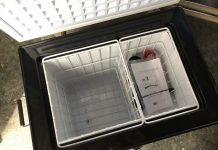
Need More Fridge Space? Try a Portable Refrigerator/Freezer

13 Additions to Optimystique
19 comments.
Thank you very much for such an informative article, just at the right time for us. I was just about to post a question on this exact topic and this has given me enough to ponder over before I post a question.
My wife and I are currently selling up our home, motorhome and all our worldly possessions here in the UK in order to realise our dream of sailing the Caribbean and East Coast of the USA (Of course once we are more confident and proficient with the yacht we decide on and of course once we have plucked up the courage, we might do a “crossing of the pond”) lol.
Hi Len! I’m glad the post was helpful! Good luck with your lifestyle change — it’s amazing to be able to change your neighborhood and get involved with new cultures by merely raising the sails! Of course, you probably have somewhat of that with your motorhome, but we have no experience there! 🙂 Cheers! Jan
Jan – Thanks for taking the time and effort to put this information together. Extremely helpful! My wife and I were having our “alternative energy” conversation again last night. We will be interested to see the thoughts and input of others.
Len – We just finished eliminating all of our land-based life style “stuff” in July and are l Icing aboard full-time. The hassle is worth it. Good luck.
Thanks Dave! It’s such a complicated subject and I’m sure I don’t have all the details exact, BUT I do know every morning we grumble about not taking the time to determine we needed 450 amps of solar BEFORE we left the US! 🙂 Cheers! Jan
This is some really good information! Thanks for sharing your experiences. It’ll definitely come in handy when my wife and I start setting up our own boat.
Hi Jan, We are currently re-configuring our alternative energy sources and I found your article helpful! Quick question: How many charge controllers do you have on board? Do you have one for each solar panel?
Hi Michelle – we do not have a charge controller for each solar panel. They are configured together with a Solar Boost 2000E MPPT charge controller. It will take up to I think 350 watts and we currently have 225 in it. We’re seriously thinking about adding another 100 watts since we can configure them through the same controller. Good luck!
This site was… how do I say it? Relevant!! Finally I have found something which helped me. Thank you!
Keep this going please, great job!
There’s certainly a lot to know about this subject. I love all of the points you made.
Things are never as simple as they first seem. It looks like you’ve done a thorough job though. On the inverter, the manufacturer should be able to get you figures on expected output vs input. They don’t like to publish efficiencies probably because they would scare off customers. Going from lower voltage in to higher voltage out or from DC in to AC out will waste a lot of power. Sometimes you just have to do it though. The more power they waste, the hotter they run, just something to keep in mind.
Not sure if this thread is still active, but here goes;
Last month I was hit with this problem, fortunately it was only on an 100NM overnight trip (my 2nd ever, and mileage towards the next skipper level), but it got me thinking nonetheless. I’ve actually thought about it many times before, but only when I woke up just before dawn to no nav equipment or sailing lights, did I get the required motivation to investigate further. I run my yacht off a 12V system, so there is no inverter involved, but it also means that I have to run an extension lead whenever I plug into shore power and then connect a battery charger if I need to top up the batteries.
Hopefully I can get some further information, which may seem easy for you;
I have 2 battery banks, both made up from 12V 23Ah deep cycle batteries. The 1st is a single battery that I use to start the engine, the 2nd is 2 batteries in parallel which power the house. If I calculate the amp hour drain as you have described, how do I work out the life expectancy of my batteries? (I did notice that when I switched off the expensive nav light the drain dropped by about 4 amps on the meter!, then everything else just came back on).
The other thing is, how to I measure how much charge is coming from the alternative chargers, my solar panel for example?
This should be enough to get me started!
Thanks again for a very informative article, I also enjoyed the LED conversion article, I sound very much like David!
Hi Clive — if your batteries are 23 amp hours and there are 2 in parallel, it’s my understanding that you actually have a total of 46 amp hours in your house bank, but you can only effectively use 50%, so you’re back to 23 amp hours. If your nav light is pulling 4 amps, overnight for 8 hours, that’s 32 amp hours – exceeding your capacity. YIKES! We replaced our masthead nav light with an expensive LED. Like yours, ours pulled too much juice and it’s not something you can casually turn off during an overnight! Hope this helps. We can measure how much charge is coming in from our Solar Panels via the charge controller panel, but we have difficulty estimating how much is coming in from the wind generator since it’s just wired into the system. Our Link 10 doesn’t give us separate readings, so sometimes, we turn off EVERYTHING so there’s no charge coming out and look to see what the wind generator is putting in. Not science, but it gives us an idea. Not enough, I can tell you that! And keep in mind, solar is great, but there’s no solar charge offsetting anything overnight. 🙂 Cheers – Jan
Fantastic website. Just found it via wherethecoconutsgrow linked from a tiny house website. I’ve always been a water “rat” (windsurfing) and at some point in the future I want to downsize, take sailing lessons and buy a sailboat. Practical troubles for me are equipment storage (windsurf, paddle board, kayak, …) and power for electronics use; so your article sheds a little light on the puzzle, and that I better solar up big time 🙂
PS: you may need to curate some of the comments made that are very short & generic but have direct active (or now dead) links to commercial websites via the user name (url profile spam).
Thanks Frank! I try to catch all the spam comments, but sometimes a few slip through. My spam catcher catches over 2,500 a day so it’s not horrid, but it’s annoying just the same. I appreciate the input. And let me tell you, Peter & Jody on MaryChristine/Coconuts left with more toys that we have, which is amazing. Peter has several surfboard, their two Tower inflatable SUPS, fishing equipment, two large puppies and a dinghy. It’s possible … and FUN! Cheers! Jan
Hi Frank! Great post. I stumbled across this while trying to find energy consumption of our Garmin 541s.
Have been pondering the linklite battery monitor. Would you consider this essential, or just helpful?
Cheers, Don
Thanks for your sharing. Just bought a 36′ mainship, everything is new, lots of things to learn. Great help.
Congratulations Stephen! Friends of ours have a Mainship and are getting ready to “do the loop”. ENJOY! Jan
Calculating the Amp Usage Here are a few tips on how to count the amp usage on a boat, and you do not necessarily have to be an engineer or very adept in electronics to be able to do so. First, you have to know how many amps are being consumed daily. You have to be very alert and count all the amps that are being used on board. The computation for amps and voltage, if you are not aware, is Watts / voltage = AMPs. For example, you use 1425 watts in 120 volts, then it lookst like 1425 / 120 ~ approximately 12 AMPs. Make sure you are able to go through this in details with all electronics on board, such as the LED lights, on board and on the anchor, VHF radio, cold plates used in the refrigerator and freezer. Coffee pot, electronic fan, and so on. This will be in so much detail, but the more you work on it, the more accurate your computation will be.
LEAVE A REPLY Cancel reply
Save my name, email, and website in this browser for the next time I comment.
Notify me of follow-up comments by email.
Notify me of new posts by email.
Currently you have JavaScript disabled. In order to post comments, please make sure JavaScript and Cookies are enabled, and reload the page. Click here for instructions on how to enable JavaScript in your browser.

Why Won’t My Dinghy Plane?
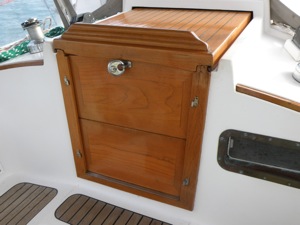
Outfitting for Security

Nothing Is Ever Easy! Replacing Snubber Rusted Shackle
- Recent Threads
Welcome Guest. Please Login or Register .
- Jeanneau Owners Forum
- Jeanneau Cruising
Power Consumption Calculator
- Welcome and Introductions
- Use of Forum
- Equipment & Commissioning
- Performance Tips
- Destinations
- Ambassadors
- SO469/479 electrical, inc a/c & refrigeration
- SO469/479 bilge issues
- Sun Odyssey 43DS
- NC and Merry Fisher 695 795 855 895 and 1095
- Video Favourites
- For Sale and Wanted
- Recommended Suppliers
- Discounts and Promotions
- Previous Thread
- Next Thread
- Please make a selection first
- « Prev
- Next »
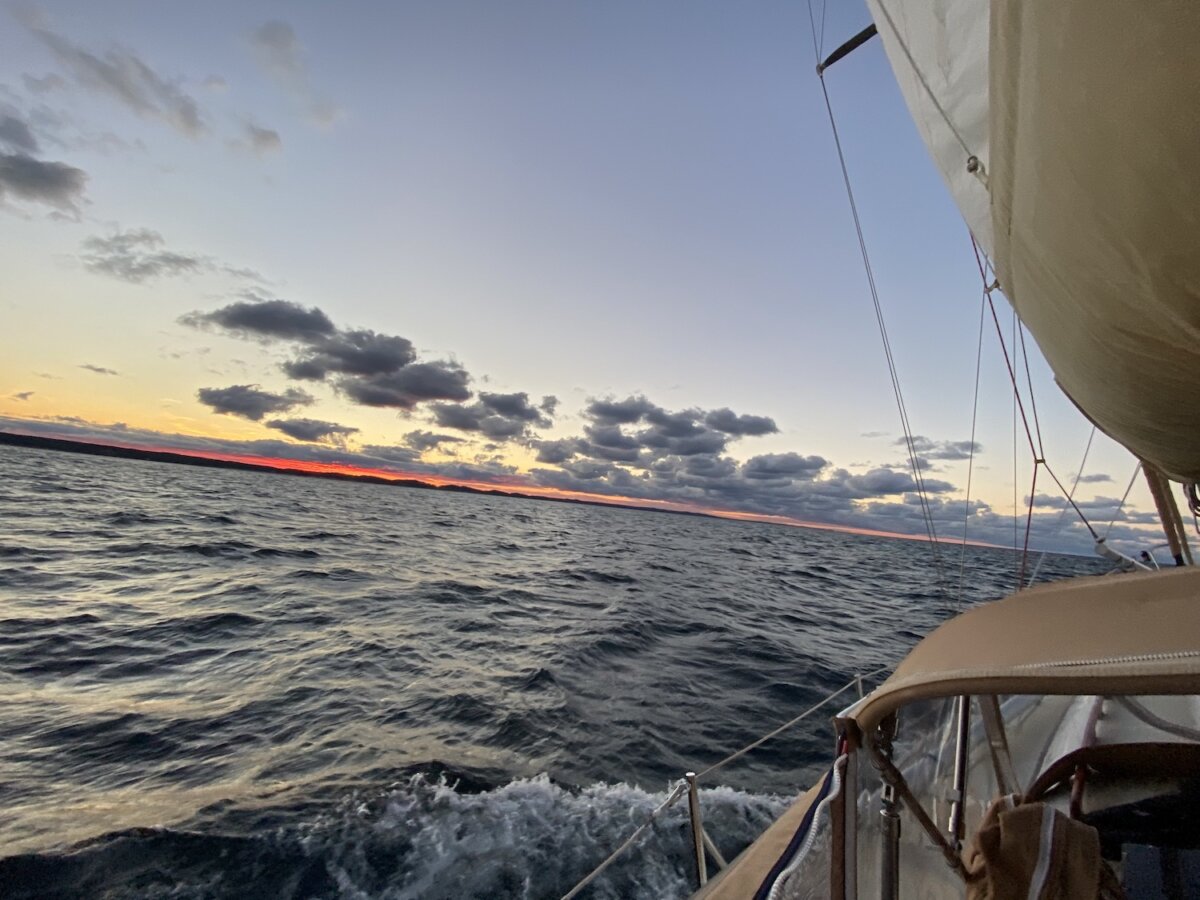



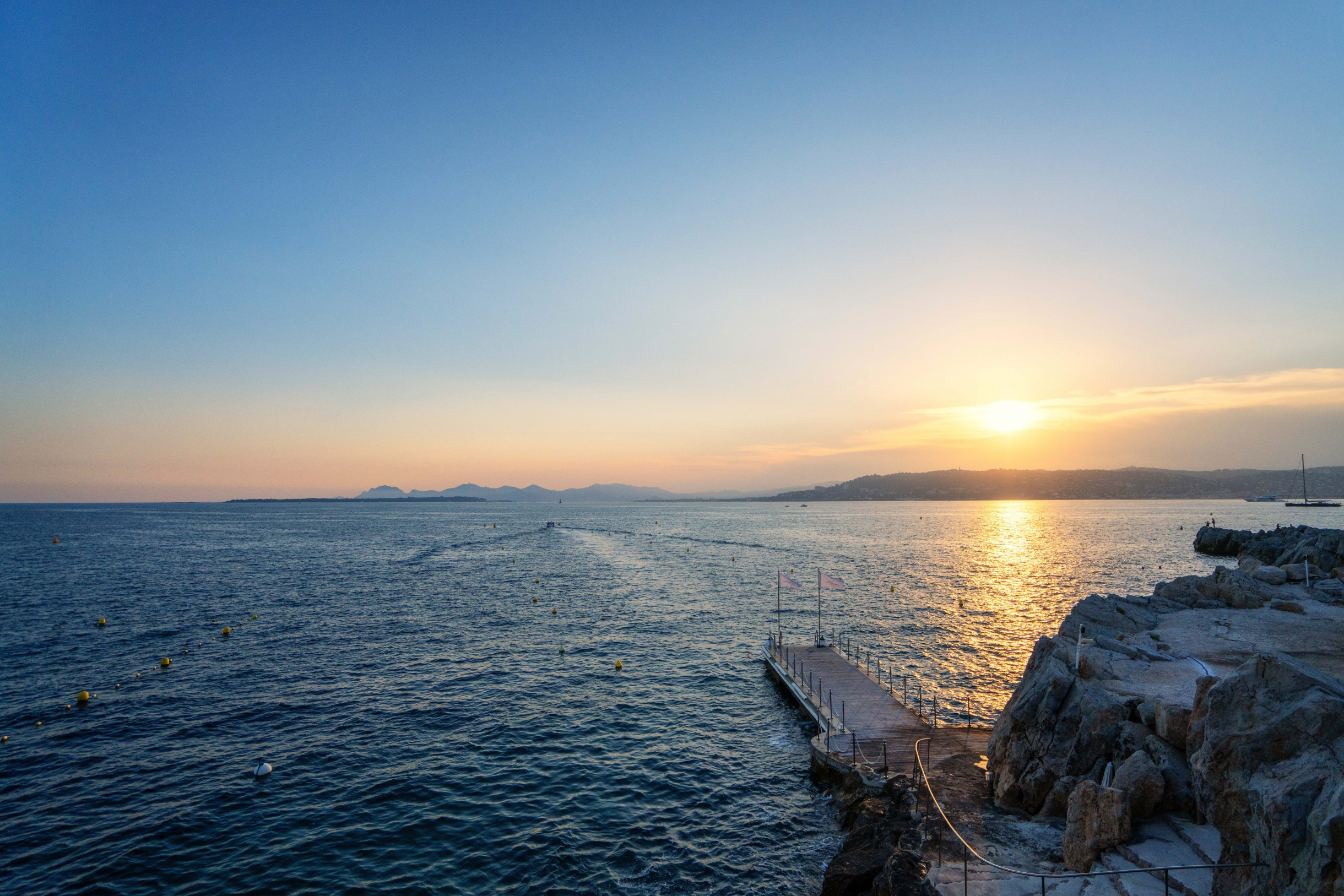

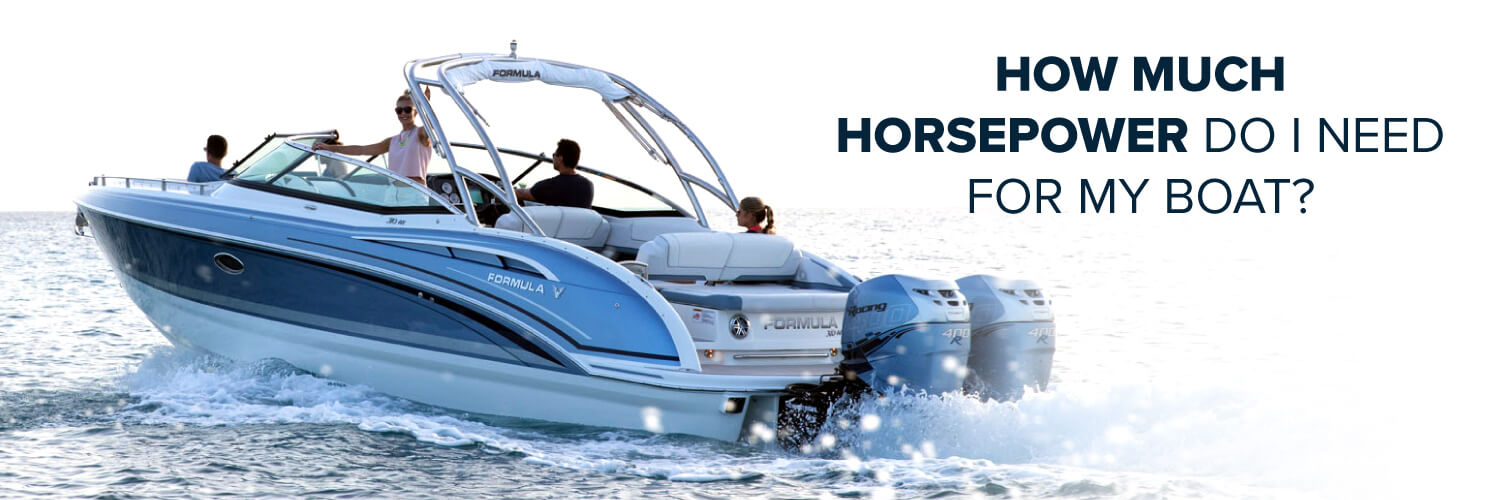
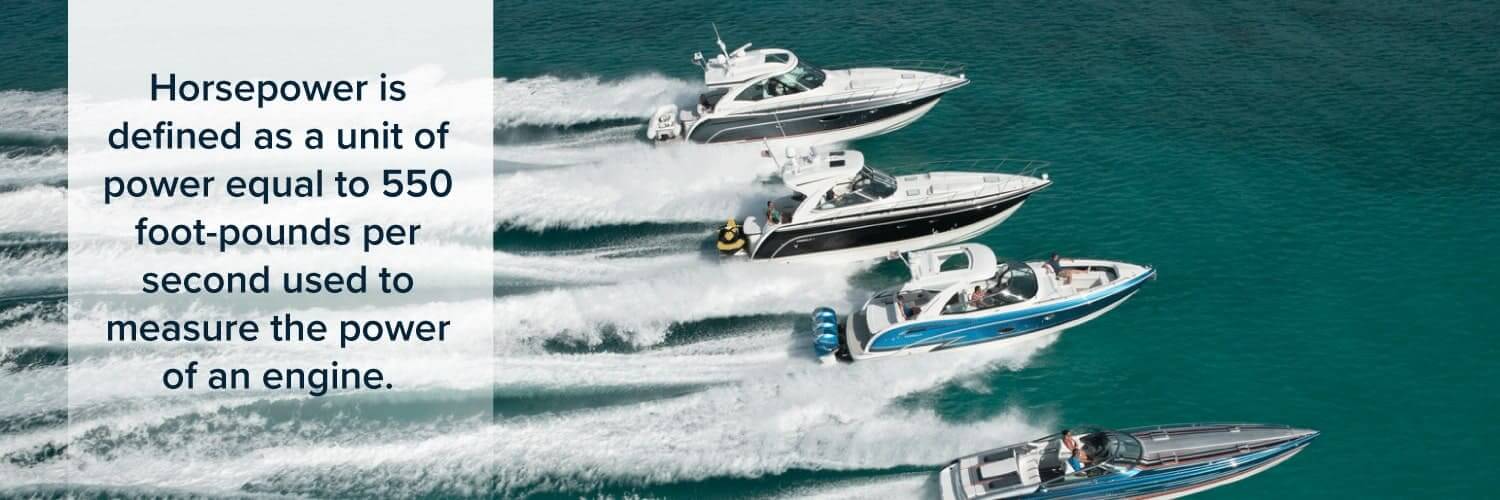
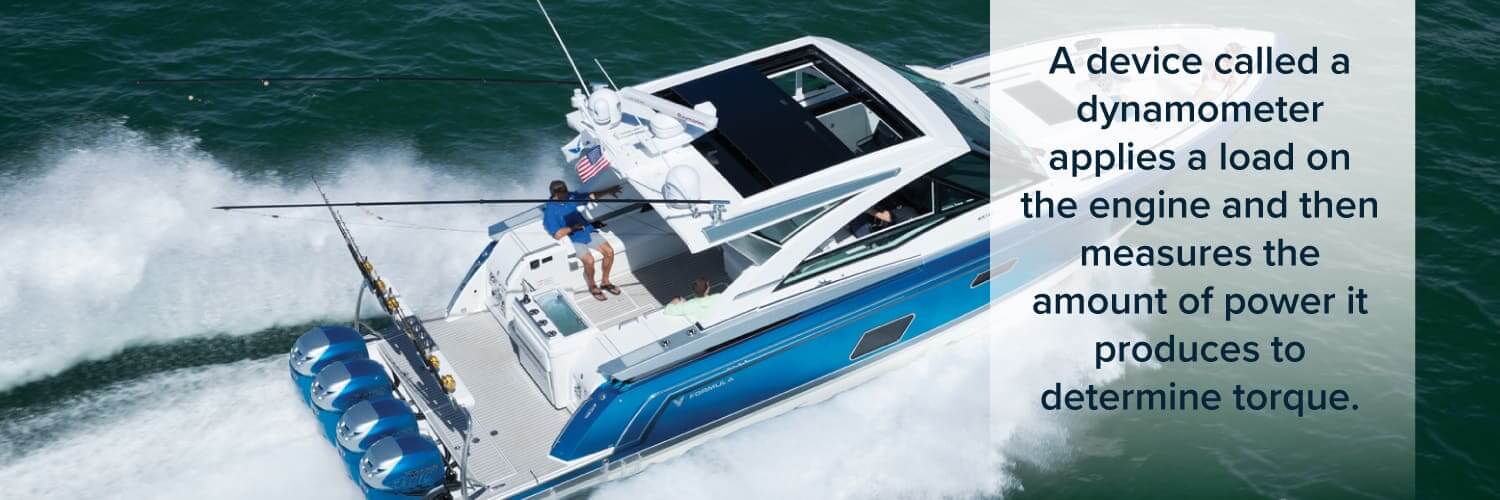
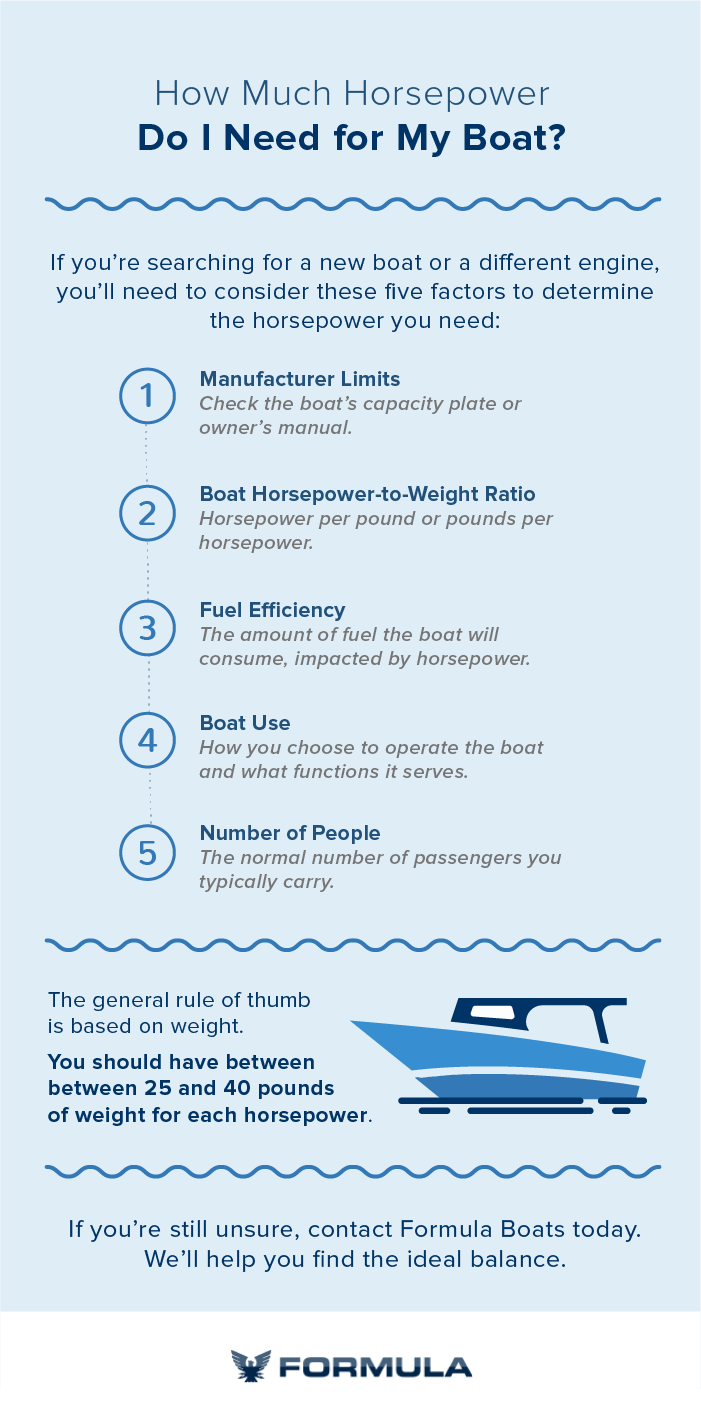
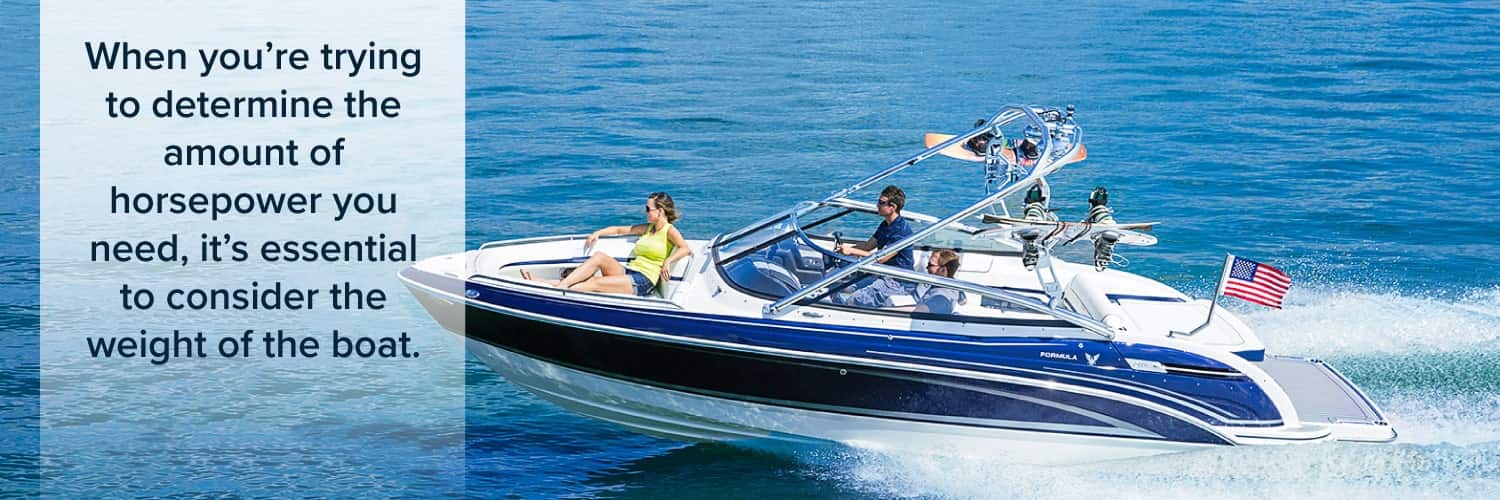
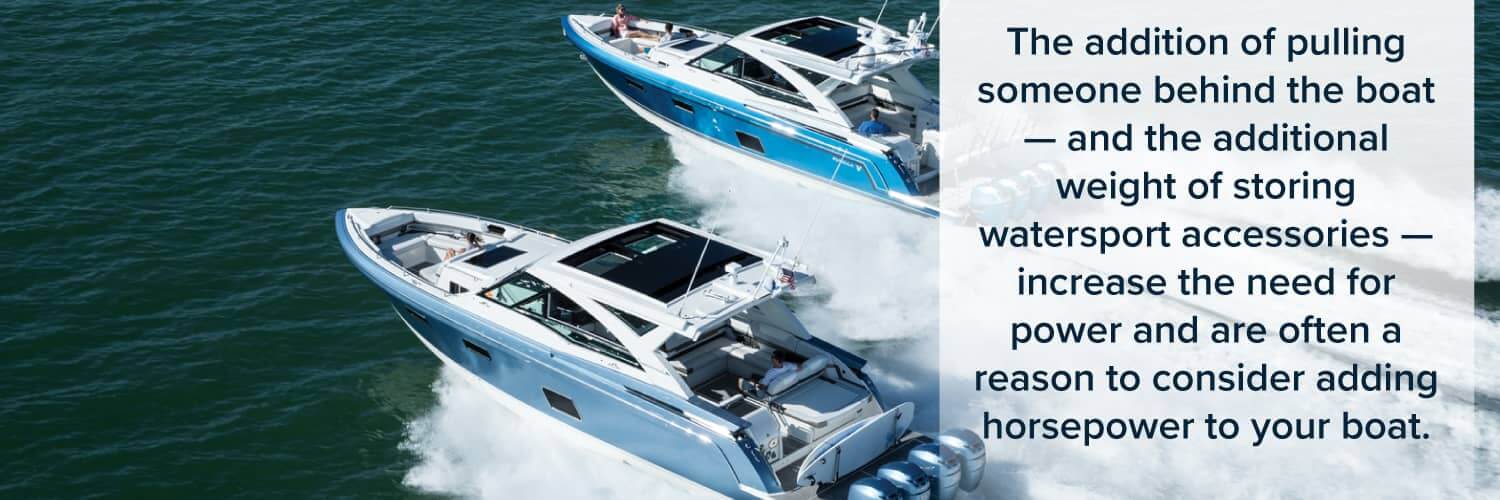
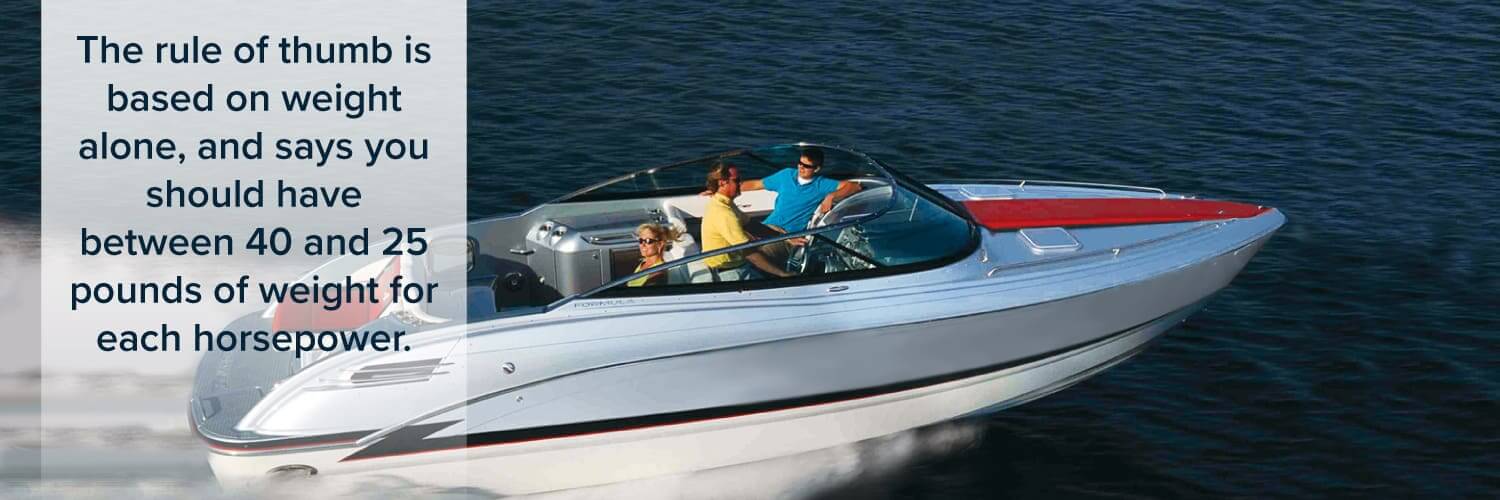
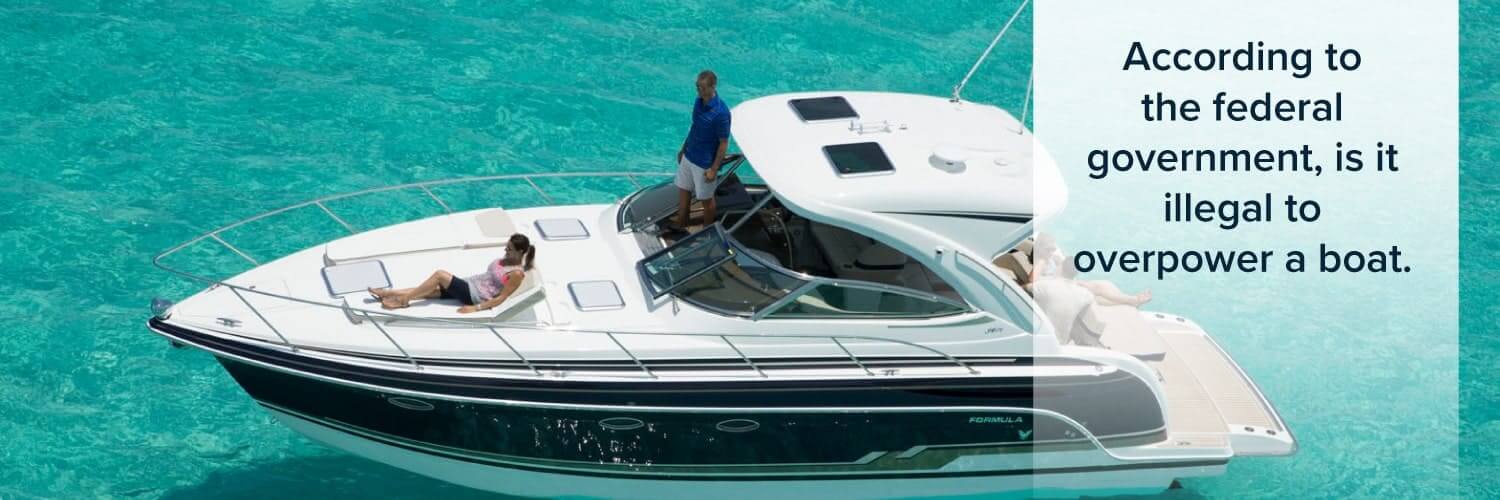
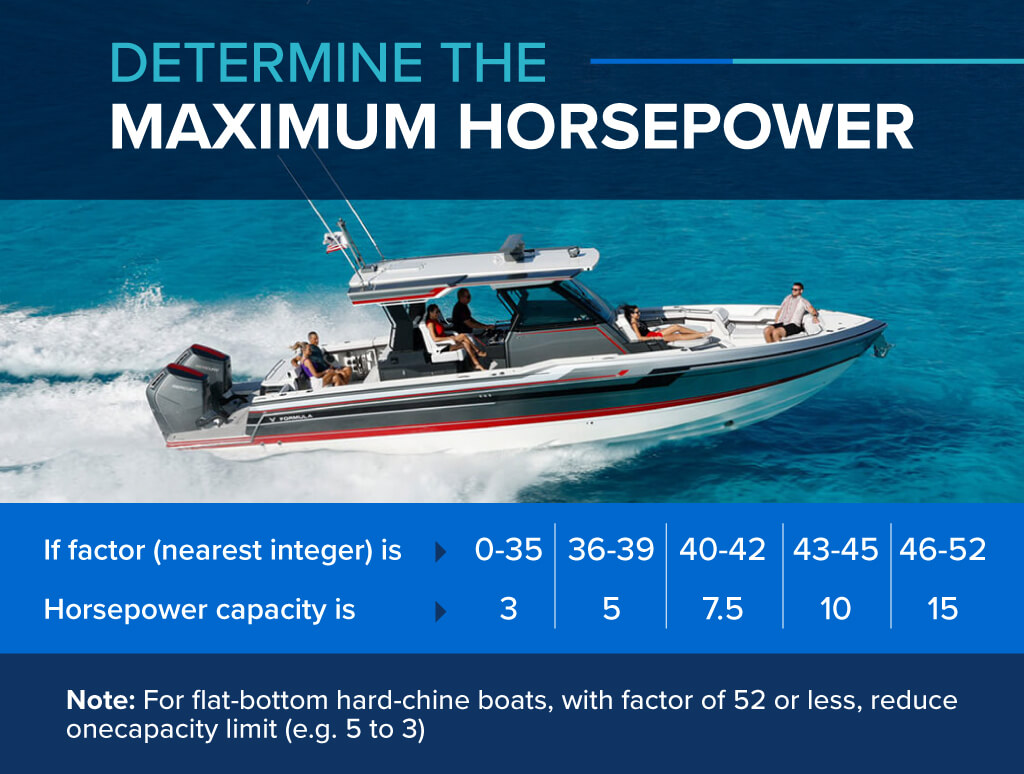
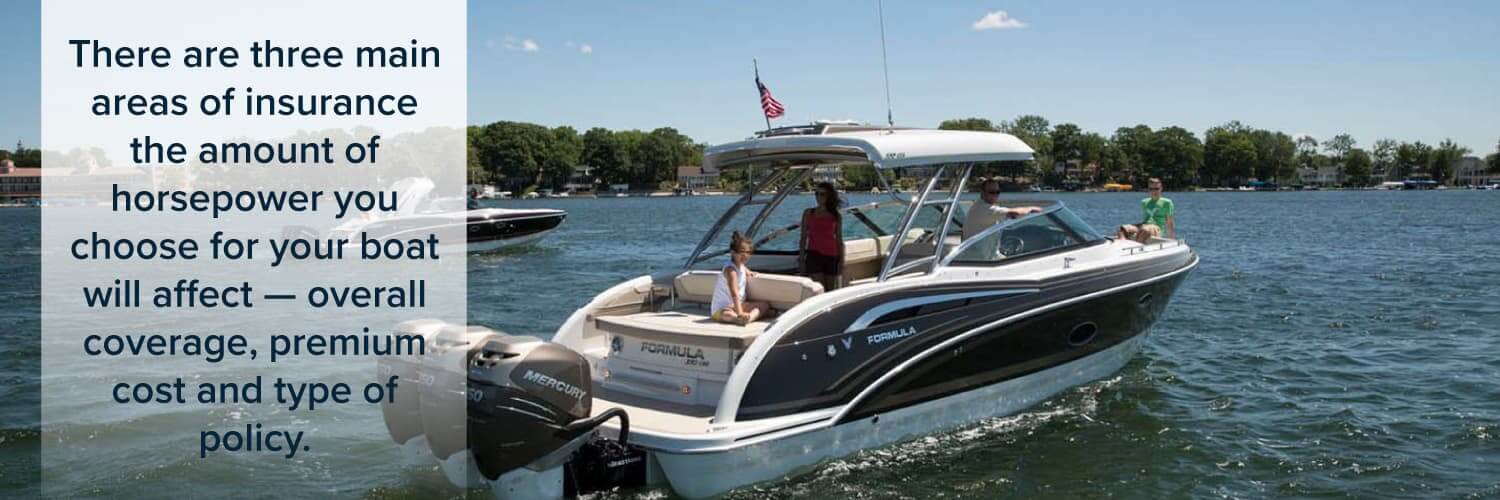
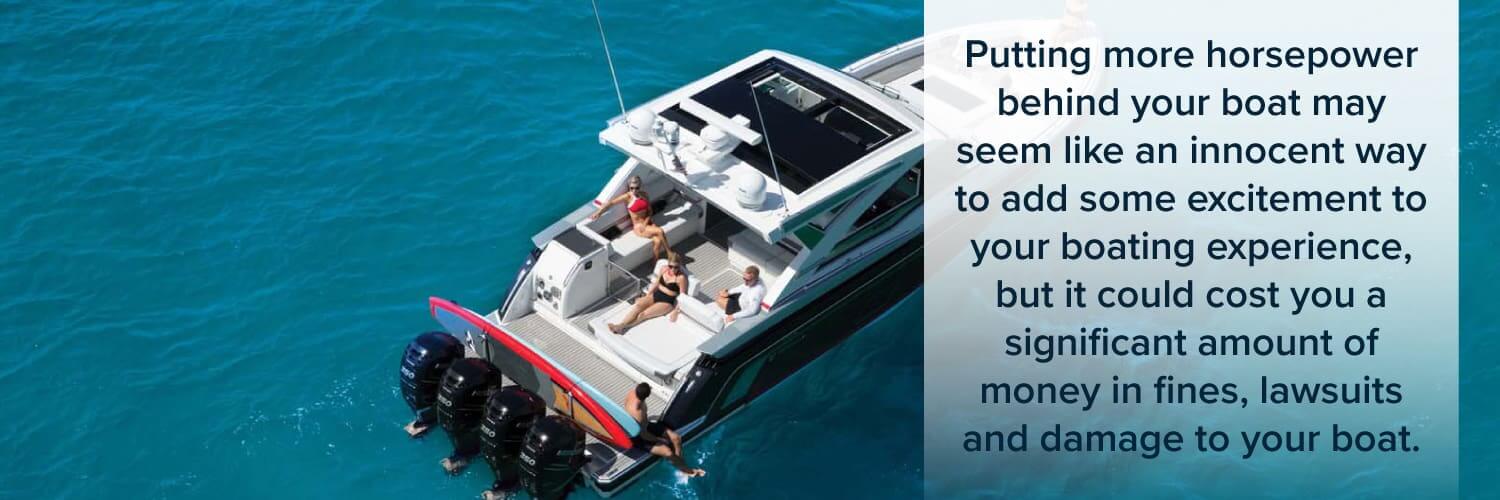
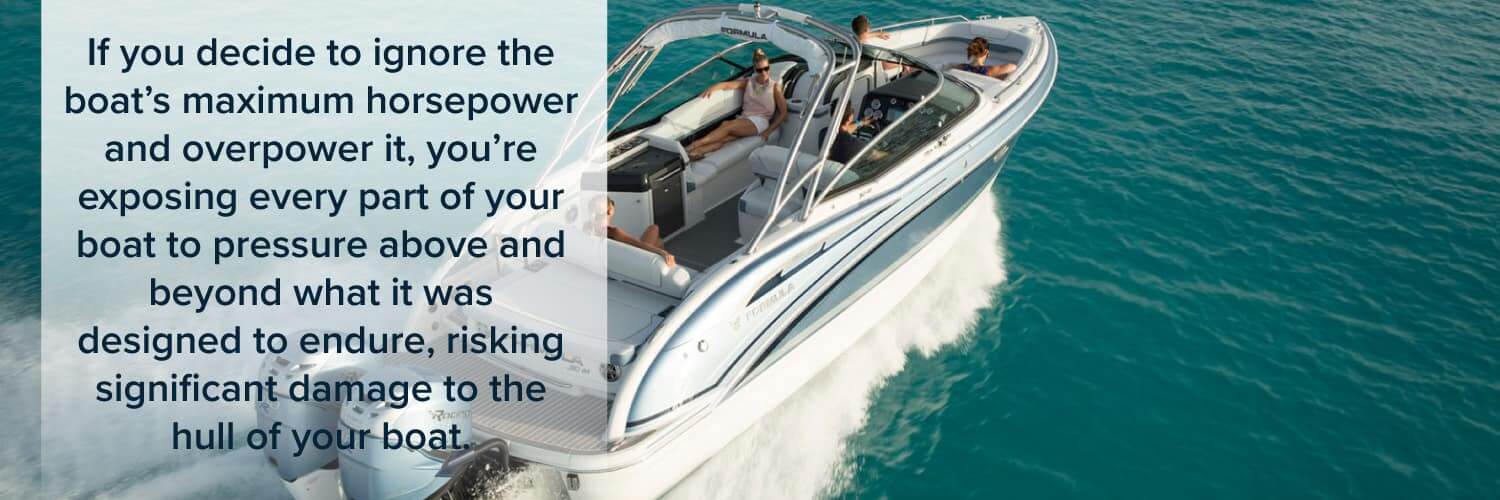


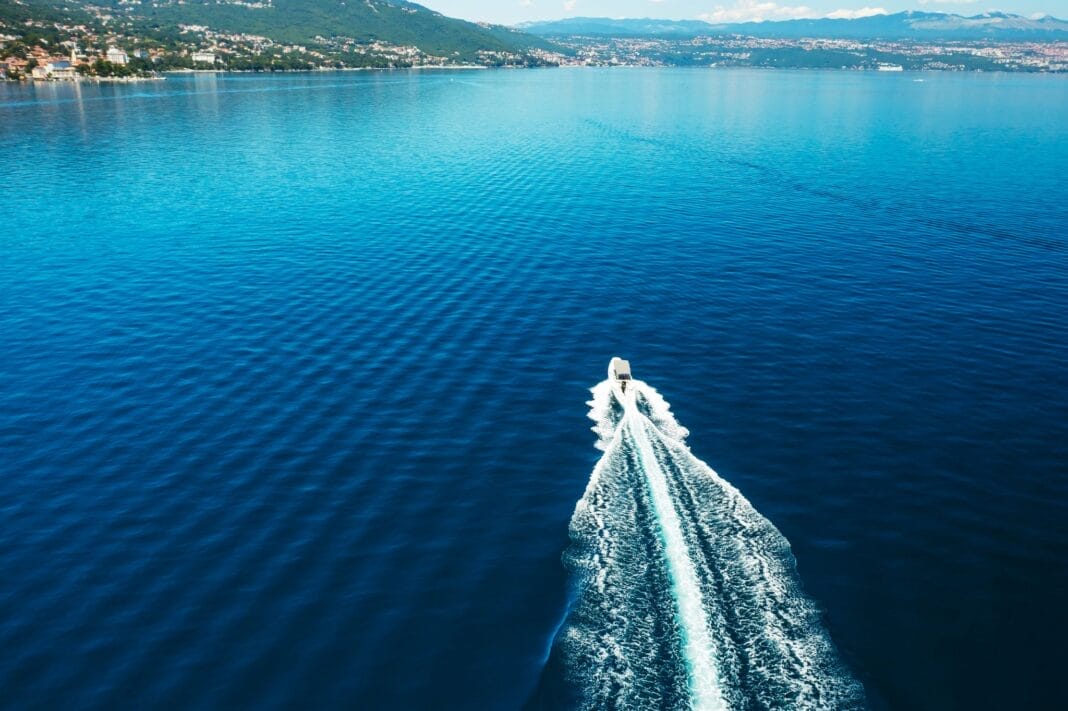






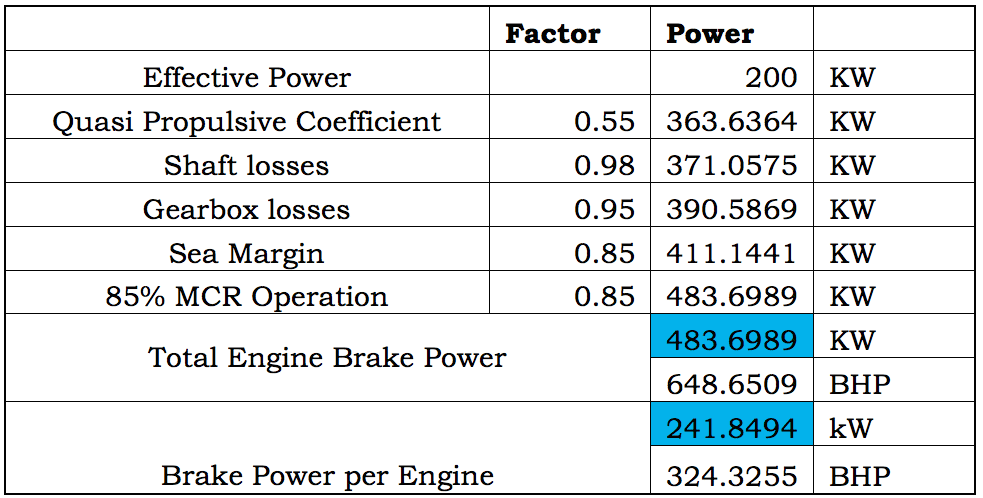
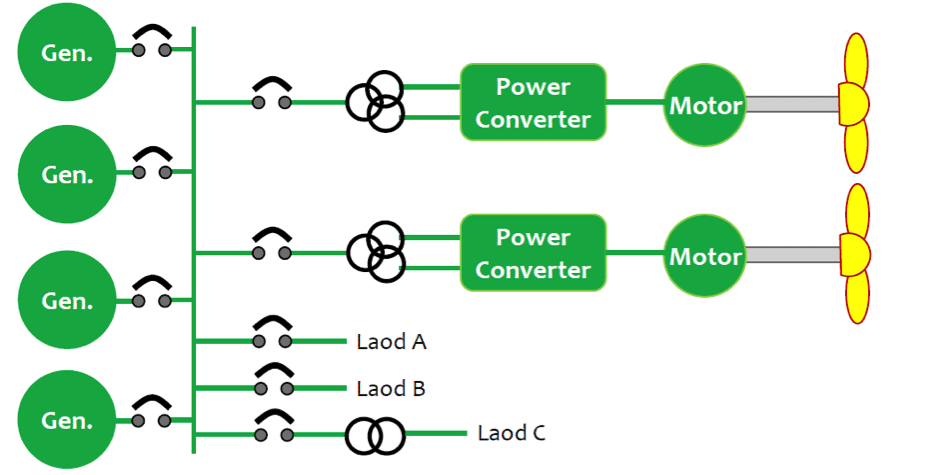


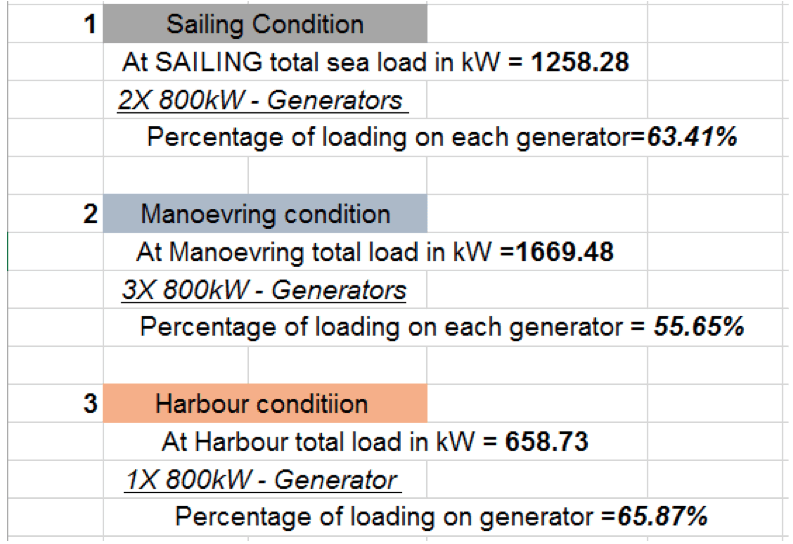


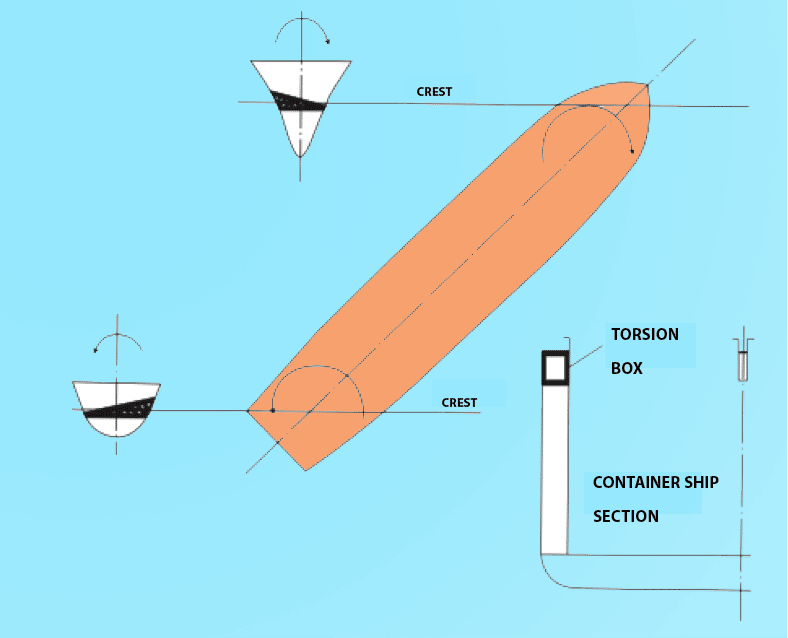
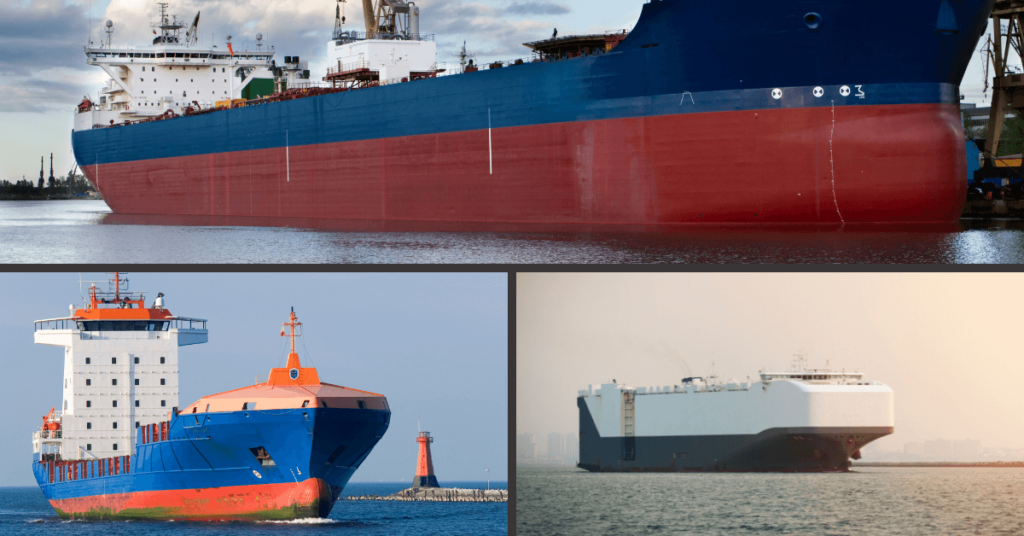


IMAGES
COMMENTS
The relationship between power and current is expressed as: Power (W) = Current (A) x System Voltage (V) To derive amps from watts, simply transpose this equation and divide the wattage by the system voltage. For example, a 6 watt navigation light bulb in a 12 volt system will draw 0.5 amps - which, if it's switched for ten hour each day when ...
Daily Current Draw Calculator. The Daily Current Draw Calculator Calculation Sheet has intentionally been left unlocked in order that you may enter the current draw of each of the appliances on your boat, together with the daily periods that you have them turned on. Current draw: The appliance amps currently entered on the sheet are notional.
The worksheet will automatically calculate the total amp hours for each condition while on board the boat allowing you to determine the energy usage for your vessel. With this information at hand, you can confidently size the battery bank and renewable energy equipment needed to support your live aboard lifestyle.
Marine Power Usage The chart below shows examples of energy consumption of various equipment. The current (amps) is multiplied times the amount of hours per day is used to determine the Amp Hours per day of energy that is consumed. These values are based on a 12 V DC nominal system.
Fuel consumption calculator - MerCruiser - Cummins MerCruiser - Crusader - Volvo Penta Diesel - Mercury - Evinrude - Honda Marine - Yamaha Marine - Suzuki Marine - Tohatsu - Johnson - Outboards | GPH MPG LPH KPL
A standard 'off the shelf' mid-size production boat is likely to be fitted with a 60A battery charger which is used by the boat's generator, if it has one, or when shore power is plugged in. The engine will also have an alternator which will typically produce between 35 and 60A of charge, depending on the size of the engine.
How To Calculate Amp Usage Aboard a Boat Almost every cruising boat, including us, seems to underestimate the amount of electricity we use per day when planning alternative energy - for us solar panels and wind generator. Very frustrating when your goal is to live by the sun and wind and not have to run the diesel or generator daily!
To determine the power consumption on our sailboat, we've compiled an energy balance excel sheet with all the electrical devices we have on board. Devices that continuously run, like the fridge or water system, Variable devices on 12V that need to run during the day, the night or while sailing and long passages.
All I have developed a spread sheet to calculate the power consumption of my Jeanneau 39i whilst cruising the med underway and at anchor. I built it to estimate how often I would n
On my boat, I've found that my power consumption might even double on passage, although it depends on the conditions I encounter. All boats have different energy requirements, but if you understand that your power use may greatly increase during an extended passage, you can monitor your batteries closely and keep them from running low.
After spending way too much time figuring out how to size the power system for our boat, I thought it would be good to create a simple guide to estimating your needs. It is an excel file you can download/modify with your own sailing or RV needs. I ran through this math with our teardrop trailer, and now with the more complicated sailboat. This whole file is set up for a 12-volt system, you may ...
In this case it is easier to figure an average power consumption equal to half the peak power rating of the drive motor for the 24 hour calculation for a "bad case" of power consumption. You will then be well under 360 Amp-hours for 24 hours. We have the ST6000 on our boat, which I'm not on at the moment.
All this technology makes operating a boat easier and safer, but the advances also call for more robust electrical components and systems to handle the power consumption — a fact some boat owners overlook, according to marine electrical system experts.
The calculator is organized in multiple tabs that show costs breakdown and allow for detailed customization. For example, the fuel cost tab computes fuel consumption based on the type and size of your boat, estimated HP, and average current gas prices. To make this calculation more accurate you can enter a more exact fuel consumption for your boat and more accurate local gas prices.
ABYC Standard E11 proposes a way to do DC load calculations for boats. The results of the basic load calculation can be used to determine the amp rating for switch panels. The data collected can then be used to calculate daily power consumption and ultimately the results can be used as a way of calculating battery size. The first part of the ...
The boat speed calculator determines the top speed of a boat based on the boat's power and displacement. If you wonder how fast a boat can go, this calculator will help you answer that. The calculator also utilizes a constant known as Crouch constant which differs based on the type of the boat.
Welcome to the West Nautical Fuel Calculator. HOW TO USE: To plot points on the map, click with your mouse - this will automatically update the distance table. Then enter the speed, fuel consumption, and fuel cost to determine the total cost of the trip. Example 1: A fast 30m yacht cruising at 20 knots ( Lady Amanda) will consume roughly 400 ...
Crouch's Calculator. The calculated value is indicated by the shaded heading in the table. This useful calculator computes an estimate of boat speed for a modern planing monohull using inputs of the power at the propeller shaft, the total boat weight, and a coefficient called the hull factor. The calculator can also compute any one parameter ...
Enter the specific fuel consumption, horsepower, and fuel-specific weight into the calculator to determine the boat fuel consumption.
There are several factors to take into consideration when you're determining how much horsepower you need — the manufacturer's limits and recommendations, boat horsepower-to-weight ratio, fuel efficiency, use of the boat, number of people on the boat and an industry rule of thumb.
Calculating Boat Fuel Consumption for Smart Boating Efficiently managing fuel consumption is a critical skill for boaters, not only affecting the range of your vessel, but also impacting overall expenses. But unlike cars or trucks, calculating a boat's fuel usage is more complex due to constantly shifting sea conditions.
How The Power Requirement Of A Ship Is Estimated? One of the most important stages of a ship design process is the estimation, calculation and optimisation of a ship's power requirements. Why? Because the power of a ship is a deciding factor for many other aspects of the industry- both the market and the environment.